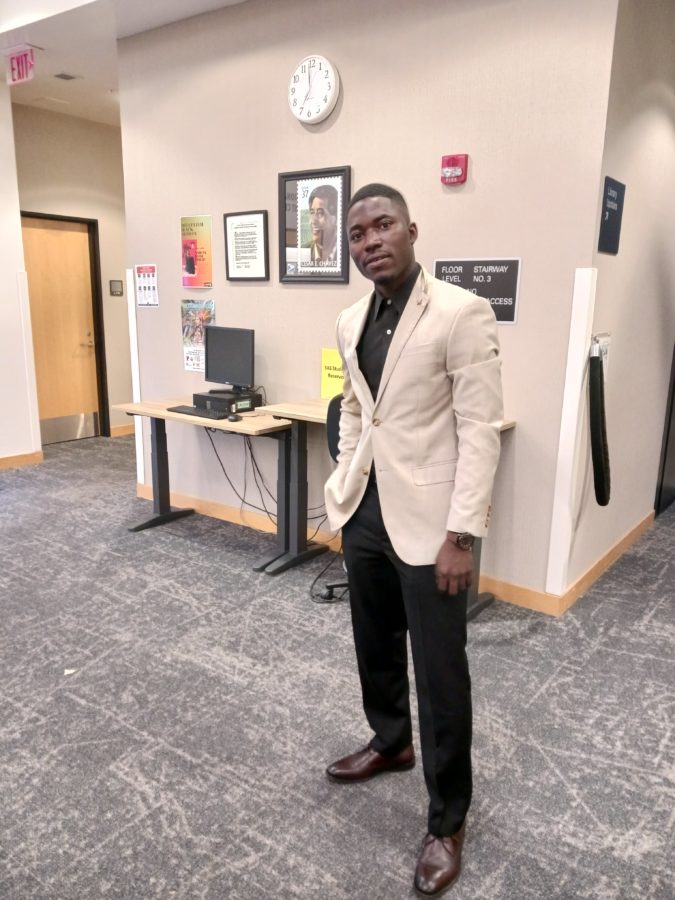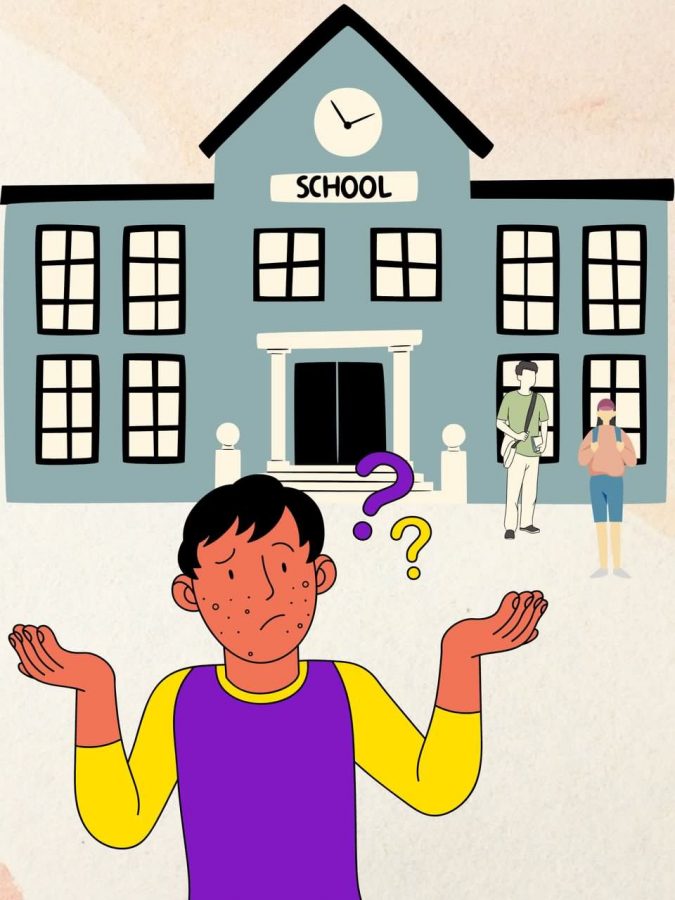The Supreme Court recently upheld a ban on using race as a factor in admissions decisions in Michigan universities, a step California took in 1996 with Proposition 209, which ended all forms of affirmative action in the state.
Affirmative action was meant to undo past injustices, such as segregation, and level the playing field by providing equal opportunities regardless of race.
It is necessary today because research shows segregation is still prevalent in our society and the racial composition of an individual’s high school impacts which university he or she will attend.
“The University of California disproportionately serves the state’s highest-income and best-educated families, while limiting access for low-income students of color,” according to California at the Crossroads, a policy report released by the Chief Justice Earl Warren Institute on Race, Ethnicity and Diversity at UC Berkeley.
The majority of University of California, Berkeley’s first-time freshmen, 75 percent, come from schools that are predominantly white even though they made up 44.7 percent of the state’s high school graduates, according to the research of Robert Teranishi and Tara Parker, professors of higher education at New York University and University of Massachusetts, Boston respectively.
Race is not the sole factor in predicting the likelihood of which school an individual will attend because where a person lives is determined by his or her income and, consequently, socioeconomic class.
White students who attend high schools that are made up primarily of underrepresented minorities are also less likely to attend a selective campus within the UC system, while minorities from predominantly white high schools make up almost half of the underrepresented minorities at Berkeley, according to Teranishi and Parker.
Researchers at the Education Trust-West found not enough high schools provided the 15-course sequence necessary for admission into the UC system directly out of high school.
Beyond the high school an individual attends, several other factors in his or her life will affect which college he or she attends.
Research has shown that school affects 20 percent of the variation in achievement test scores, while out-of-school factors accounted for about 60 percent of the variability, according to the research of David Berliner, professor of education at Arizona State University.
Out-of-school variables include family income, whether one parent or two parents are raising the child, language spoken at home, and neighborhood violence, just to name a few.
Universities can begin the process of correcting those social problems by looking beyond the traditional criteria for admission and starting to factor in criteria such as zip code and parents’ highest level of education.
San Jose City College is ahead of the curve and in the process of developing an extensive student support network through workshops, tutoring, and programs such as Umoja and the law program coming to campus this fall. A representative of Columbia University also came to the campus this semester.
The school should work at inviting more selective universities to campus and encourage students to achieve their highest potentials.






